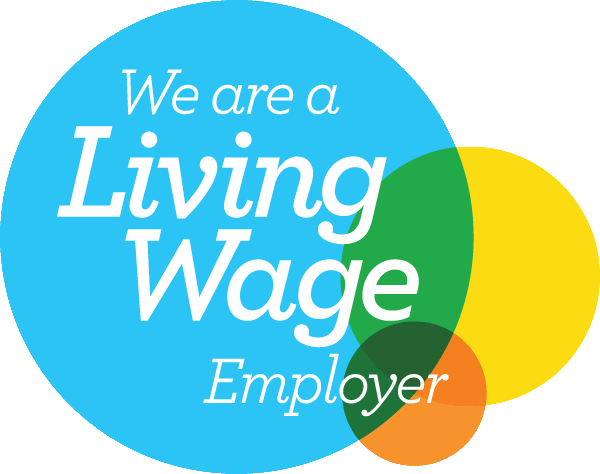Anorexia nervosa (AN) and autism spectrum disorder (ASD) seem to co-occur more frequently than would be expected by chance.1,2 Yet because most studies investigating the nature of this co-occurrence have used a retrospective design, where the data are prone to recall bias, we don’t know whether the elevation of autistic traits in AN is present from childhood or rather from AN onset. “We wanted to address this knowledge gap and see if we could capture the link between AN and autism prospectively”, says lead author Lisa Dinkler. “We therefore investigated whether autistic traits in individuals with later AN were already elevated in childhood.”
Dinkler et al. analysed data from a population-based sample of almost 6,000 individuals enrolled in the Child and Adolescent Twin Study in Sweden. Parent reports of autistic traits were collected at ages 9 and 18 years, and clinical diagnoses of AN and ASD were extracted from the Swedish National Patient Register. Parent reports for AN treatment were also obtained. With these data in hand, Dinkler and colleagues compared whether those with and without AN differed in autistic traits at ages 9 and 18 years — before and after the first diagnosis of AN.
Surprisingly, the researchers did not find support for elevated childhood autistic traits at age 9 years in individuals with later AN. However, at age 18 they found an interesting result: a marked elevation in autistic traits only in girls with acute AN, but not in girls with previous AN.
“Our results do not necessarily mean that the association of AN with autism is less strong than previously thought”, proposes Dinkler. “There are various possible explanations, including one based on successful camouflaging behaviour exhibited by children with autism”. By this hypothesis, the researchers propose that the children in their cohort might have unrecognized ASD at age 9 because they camouflaged their autistic traits. The emergence of acute AN later in life might have depleted resources available to camouflage, making these originally subtle autistic traits more noticeable. Upon resolution of AN, such camouflaging behaviours might return. This paradigm might explain why the researchers only found an increase in autistic traits in girls aged 18 with acute but not with previous AN.
Going forward, Dinkler and colleagues propose that screening for autism by parent report might not be sensitive enough to detect potential elevations of autistic traits in girls who later develop AN. “The assessment of autistic traits in early development is absolutely crucial when assessing autism in individuals with AN”, says Dinkler. “We also need more specific instruments to capture autism in young girls, especially those who are cognitively able.”
Watch the video abstract from Lisa Dinkler on this paper.
Referring to
Dinkler, L., Taylor, M.J., Råstam, M., Hadjikhani, N., Bulik, C.M., Lichtenstein, P., Gillberg, C. & Lundström, S. (2020), . J. Child Psychol. Psychiatr. doi: 10.1111/jcpp.13265.
References
1Westwood, H. et al. (2017), Autism spectrum disorder in anorexia nervosa: An updated literature review. Curr. Psychiatry Rep. 19, 41. doi: 10.1007/s11920-017-0791-9.
2Koch, S.V. et al. (2015). Autism spectrum disorder in individuals with anorexia nervosa and in their first- and second-degree relatives: Danish nationwide register-based cohort-study. Br. J. Psychiatry. 206, 401–407. doi: 10.1192/bjp.bp.114.153221.
Glossary
Camouflaging behaviour: a coping strategy that aims to hide overt autistic behaviours, or purposely perform behaviours thought to be neurotypical, to fit or blend in socially. Some affected children are so good at camouflaging that they evade diagnosis until adulthood. While camouflaging might help some children make friends and engage in social interactions, it can be physically and mentally exhausting.



